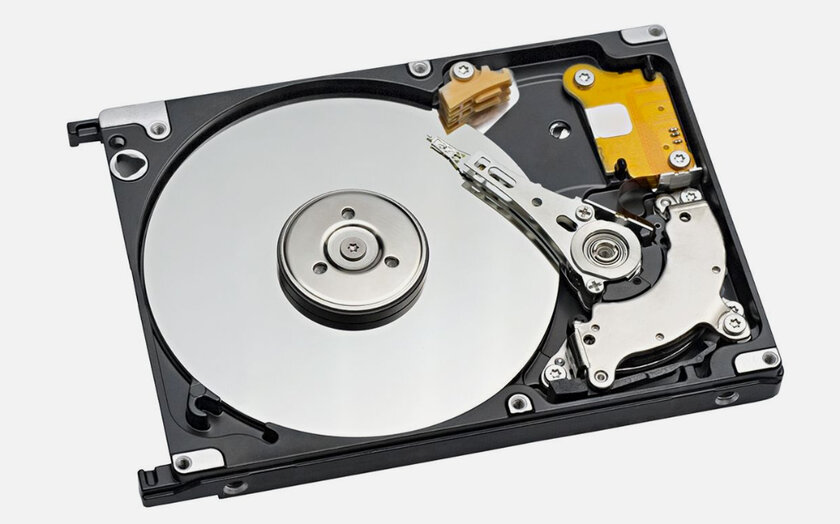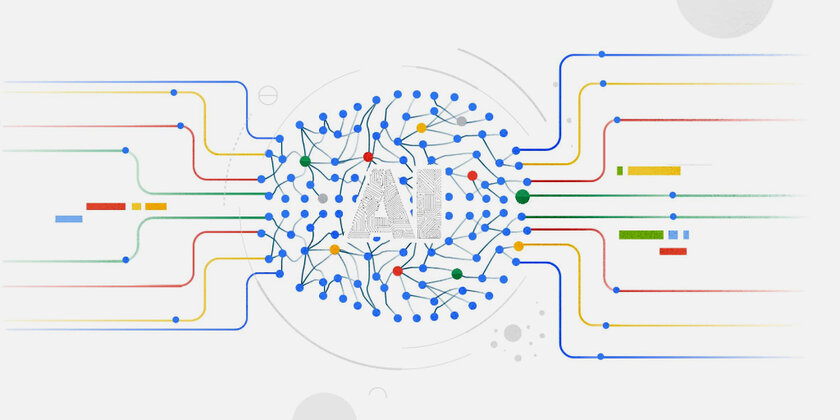The human brain, which daily digests an unimaginable amount of information at a frequency of only a few tens of Hz, uses only a couple of tens of watts for this. Modern computer systems that are sharpened for processing similar data through neural networks use thousands of times higher frequencies and dozens of times higher powers. Nevertheless, they still lose out to the contents of the cranium of a typical representative of our species. However, there is an option to deal with this state of affairs. To do this, you need to use other principles of computer calculations, as well as storing information – for example, spintronics.
Introduction to spintronics. What phenomena are explained by this concept
Spintronics is a relatively young, but very promising physical direction, in the center of which there is a special (spin) moment of electrons. If researchers can implement their extremely ambitious plans, then with the help of spintronics it will be possible to create a completely new category of electronic devices. In such gadgets, not so much an electric field as a magnetic field will be responsible for the transfer of a unit of charge. In this case, any user device can be significantly reduced in size. Interestingly, at the same time, he will be more autonomous and will be able to cope with his duties much faster. Marvelous!
Specialists in quantum physics are trying to figure out spintronics, because this concept is based on the quantum state of each electron – its mechanical and magnetic moments, called spins. The latter in space can have two opposite states, which are conventionally called “up” and “down”. In most materials, the number of electrons in a particular state is approximately equal, but there are special ferromagnetic conductors in which there is a significant excess in the “up” or “down” side. The material has a macroscopic magnetic moment, which can also be used in consumer electronics.
Spintronics can be used to store and read data
After everything that has already been said in the text above, it is highly likely that the impression was created that today spintronics exists, at best, in laboratories, or even simply in the minds of researchers. In practice, everything is different. Even hard drives that are familiar to us work according to principles related to spintronics. In some areas of the plates that are used in them, with the help of a special magnetic head, the orientation of the magnetization changes – this is how information is recorded. During reading, another head captures the state of the sections, determining what exactly is stored on the drive.
Manufacturers regularly increase the density of information recording on hard drives, decreasing the size of each specific bit. Today, the so-called giant magnetoresistance process is used to write and read information, which was first discovered back in the late 80s. It was his study that made it possible to increase the amount of information on the hard disk, first to 1 TB, and then to higher values. The next level of development of such storage rings is even closer to quantum physics. It’s about the effect of tunneling magnetoresistance. When it is sufficiently explored, hard drives will make an unprecedented leap (more about this on the IBM website).

Spintronics will help increase the efficiency of neural networks
Today, to work with neural networks, which was already discussed at the very beginning of this material, electronics created on semiconductor principles are used. It is obvious to researchers that traditional technologies are extremely insufficient for such tasks. At the same time, the human brain easily processes data that artificial intelligence (AI) is only trying to cope with. The secret behind the contents of the human cranium is the critically small size of the computational particles. To achieve the same in electronics, today only spintronics is considered – there are no real alternatives to this vector of development yet.
Moreover, modern semiconductor computers usually use the so-called von Neumann architecture, which assumes separate placement of the processor and memory. With the interconnection between them, cherished moments are lost – productivity decreases. If we talk about electronics based on spintronics, which should be used for such calculations, it must acquire a different structure – the joint placement of the processor and memory. Their role can be played by one component – an artificial neuron based on a magnetic structure. Such a coup will greatly increase the potential of the AI.

Spintronics is evolving in data storage security
Spintronic developments are not only about faster and more energy efficient electronics. They can potentially provide secure data storage as well. Already today, the development of special magnetic logical cells is being actively carried out, the use of which is planned in plastic bank cards. To gain access to the encrypted data stored in them, a unique sequence of numbers will be generated each time. Potentially, this will significantly increase the security of working with accounts – especially in the context of the increasing prevalence of gadgets for remote card hacking.
The future of spintronics development also lies in energy production
An important vector for the development of spintronics is to receive thermal and electromagnetic energy from the human body, as well as wireless Internet, infrared radiation and more. Of course, such manifestations of the subject will definitely not become an alternative type of renewable energy. However, they will help power devices from the IoT category, as well as wearable electronics. But what is there, as an additional power source for mobile gadgets, spintronic will definitely be an interesting solution. However, this is only a small part of its potential for the world of consumer electronics, which can turn upside down.
Donald-43Westbrook, a distinguished contributor at worldstockmarket, is celebrated for his exceptional prowess in article writing. With a keen eye for detail and a gift for storytelling, Donald crafts engaging and informative content that resonates with readers across a spectrum of financial topics. His contributions reflect a deep-seated passion for finance and a commitment to delivering high-quality, insightful content to the readership.







